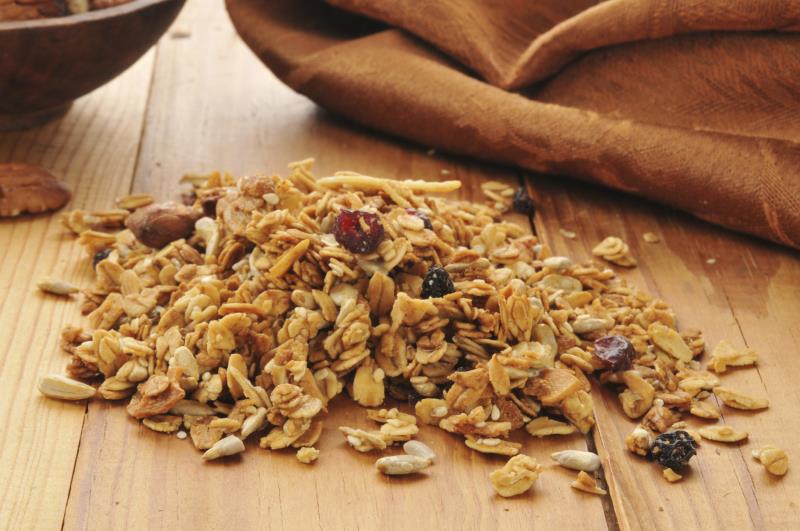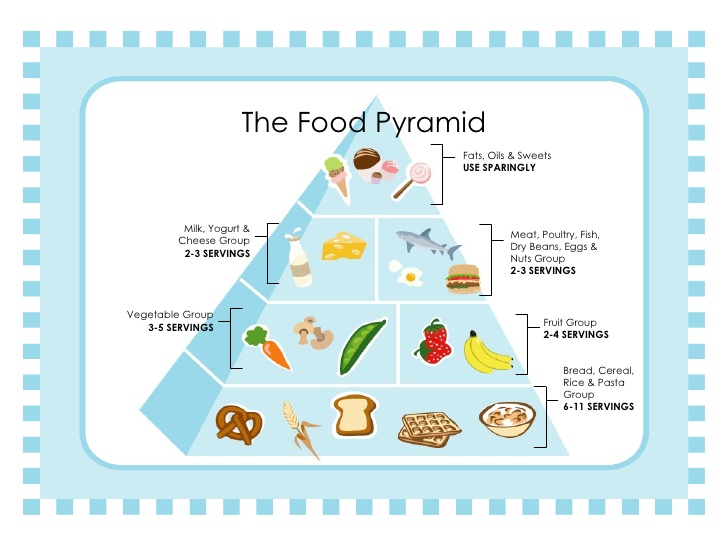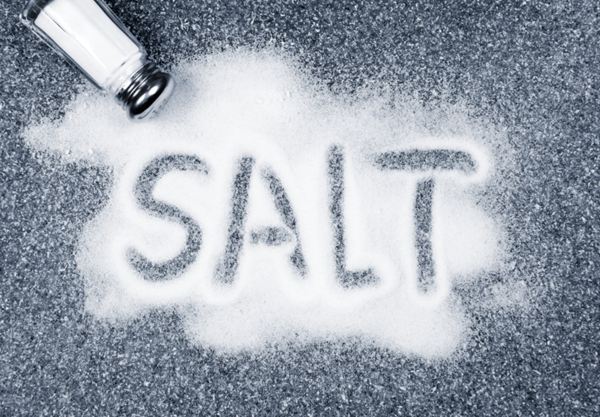 Imagine walking into the supermarket cereal aisle—rows of colourful boxes promising to be ‘high in fibre,’ ‘low in sugar,’ or ‘fortified with vitamins.’ But how do you know which one is actually good for you? With so many brands and labels, making a healthy choice can be confusing.
Imagine walking into the supermarket cereal aisle—rows of colourful boxes promising to be ‘high in fibre,’ ‘low in sugar,’ or ‘fortified with vitamins.’ But how do you know which one is actually good for you? With so many brands and labels, making a healthy choice can be confusing.
Breakfast is meant to break the overnight fast, providing sustained energy and essential nutrients to start the day. However, many cereals that appear healthy may actually contain hidden sugars, excessive salt, or low fibre content. Let’s break down what really matters when choosing your ideal breakfast cereal.
Key Ingredients to Check on a Cereal Box
1. Sugar: Is Your Cereal Too Sweet?
Many breakfast cereals contain added sugars to enhance flavour. While carbohydrates are essential for energy, excess sugar can lead to spikes in blood sugar levels, increased cravings, and long-term health risks such as obesity and diabetes.
✅ Best Choice: Choose cereals with 5g of sugar or less per serving.
❌ Avoid: Cereals with over 10g of sugar per serving, especially those labelled as frosted, honey-coated, or flavoured—these often contain more sugar than nutrition.
⭐ Tip: Sweeten plain cereals naturally by adding fresh fruits, dates, or a drizzle of natural honey.
2. Fibre: The More, The Better!
Dietary fibre is essential for digestion, gut health, and keeping you full longer. A fibre-rich breakfast helps stabilise energy levels and prevent mid-morning cravings.
✅ Best Choice: Look for cereals with at least 3-6g of fibre per serving or 20g per 100g. Wholegrain cereals like bran flakes, shredded wheat, and oats are great choices.
❌ Avoid: Low-fibre cereals with less than 2g per serving—these will leave you feeling hungry soon after eating.
⭐ Tip: Add chia seeds, flaxseeds, or nuts to boost your fibre intake.
3. Salt: The Hidden Ingredient You Overlook
Many processed cereals contain added salt to enhance flavour and shelf life. Too much sodium can contribute to high blood pressure and heart disease.
✅ Best Choice: Opt for cereals with 0.3g of salt or less per 100g (0.1g of sodium or less).
❌ Avoid: Cereals with over 1.5g of salt per 100g (0.5g of sodium or more).
⭐ Tip: If sodium isn’t mentioned on the label, check for ingredients like sodium bicarbonate or preservatives, which indicate hidden salt content.
4. Fat: Watch Out for Unnecessary Additions
Most breakfast cereals are naturally low in fat. However, some granola, muesli, and nut-based cereals contain added oils that can increase caloric intake.
✅ Best Choice: Cereals with 5g of fat or less per 100g.
❌ Avoid: Those with excessive added oils, trans fats, or palm oil.
⭐ Tip: If you enjoy granola, opt for lightly roasted options with minimal added oil.
5. Added Nutrients: Do You Really Need Fortification?
Many cereals are fortified with Iron, Calcium, Vitamin D, and B Vitamins, especially for children and adults who may have nutrient deficiencies.
✅ Best Choice: If you struggle with nutrient intake, choose a cereal with fortified vitamins and minerals.
❌ Avoid: Highly processed cereals with artificial additives and preservatives.
⭐ Tip: Pair your cereal with milk, nuts, or yoghurt to enhance its nutritional value.
How to Build the Perfect Breakfast Bowl
A healthy breakfast isn’t just about cereal—it’s about balancing macronutrients for a more filling, nourishing start to your day:
🥣 Base: Choose a wholegrain cereal like oats, bran flakes, or shredded wheat.
🥛 Protein: Add Greek yoghurt, low-fat milk, or a plant-based alternative.
🥜 Healthy Fats: Sprinkle chia seeds, flaxseeds, or a handful of nuts.
🍓 Natural Sweetness: Fresh berries, banana slices, or dried fruits.
Navigating the cereal aisle doesn’t have to be overwhelming. By reading food labels carefully and making informed decisions, you can choose a nutritious breakfast that supports your energy, digestion, and overall health.
💡 Takeaway: Look for low sugar, high fibre, moderate salt, and avoid unnecessary additives for a balanced start to your day.
Which breakfast cereal do you enjoy the most? Share your favourites in the comments!
#BeTheForce
 What do you know of portion size and serving size? Often we read a label saying the portion/serving size as “x” amount. But, we are seldom aware of the difference between portion and serving size? You may ask, are they really different? Yes of course! And as a consumer you should be aware of the difference between the two as it may help you in choosing your food items consciously.
What do you know of portion size and serving size? Often we read a label saying the portion/serving size as “x” amount. But, we are seldom aware of the difference between portion and serving size? You may ask, are they really different? Yes of course! And as a consumer you should be aware of the difference between the two as it may help you in choosing your food items consciously.



